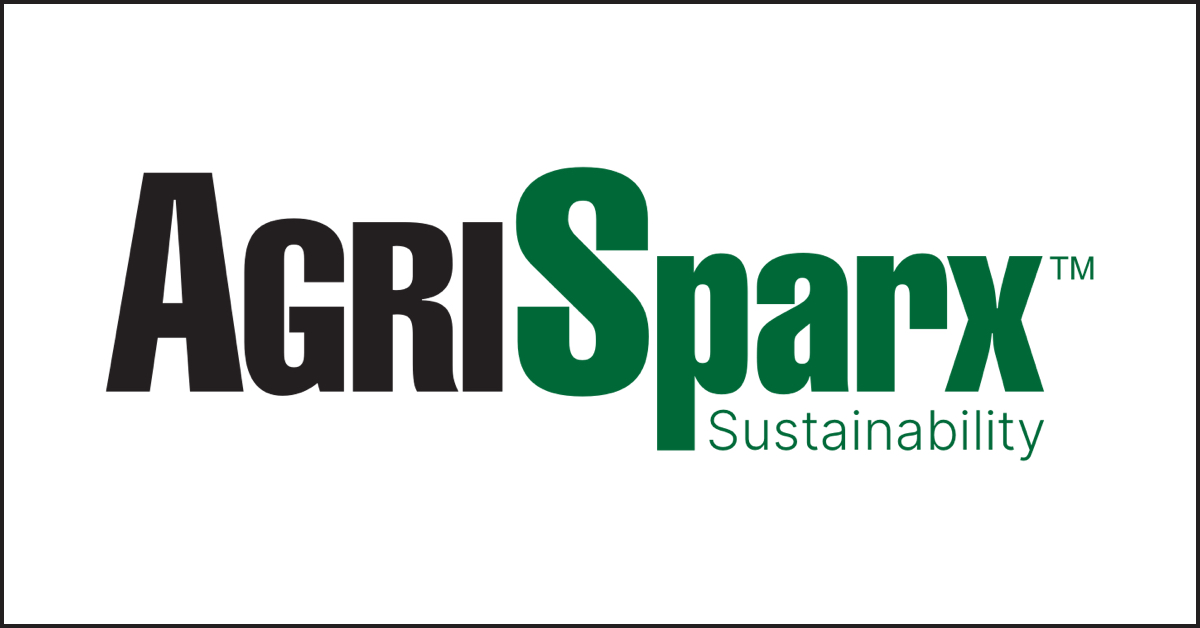
Part of the AgriThority® Global Regulatory Update Series: Navigating Regulatory Challenges: A Global Perspective
The global regulatory landscape for agricultural biologicals is rapidly changing in the U.S. and Europe especially. This evolution presents both challenges and opportunities for those involved in the development and commercialization of biologicals. Understanding regional differences in defining biologicals is a first step to global product launches.
As regulations continue to evolve, understanding different definitions, determining how a new biological product will fit into these definitions, and figuring out how this new biological product will ultimately be regulated are critical steps. These steps could have major implications on the cost and time needed to commercialize a new product in each region. While agricultural biologicals encompass a wide range of products that can be grouped into various regulatory categories, the primary distinction, at least initially, is between a pesticidal and a non-pesticidal product. Before this distinction can be made, one needs to understand what terms are defined in each region and how they relate to each other.
European Union Regulatory Landscape
A pesticide in the European Union (EU) is referred to as a ‘Plant Protection Product’ or PPP. With agricultural biologicals in mind, a PPP is defined in (EC) 1107/2009 to include products used for “protecting plants or plant products against all harmful organisms or preventing the action of such organisms” or products “influencing the life processes of plants, such as substances influencing their growth, other than as a nutrient or a plant biostimulant”. The exclusion of ‘plant biostimulant’ is a recent addition to the regulation after (EU) 2019/1009, the new EU fertilizing products regulation (FPR), was published.
The FPR goes on to define ‘plant biostimulant’ as a “product stimulating plant nutrition processes independently of the product’s nutrient content with the sole aim of improving one or more of the following characteristics of the plant or the plant rhizosphere:
- nutrient use efficiency;
- tolerance to abiotic stress;
- quality traits;
- availability of confined nutrients in soil or rhizosphere.”
To summarize the federal definitions available in the EU, a new microbial product would be classified as a PPP if it protects plants against harmful organisms or influences plant growth, unless it is exclusively intended to improve nutrient use efficiency, stress tolerance, quality traits or nutrient availability, in which case it would be classified as a ‘plant biostimulant’ under the new EU Fertilizing Products Regulation.
United States Regulatory Landscape
A ‘Pesticide’ in the U.S. is defined in the Federal Insecticide, Fungicide, Rodenticide Act (FIFRA) and confirmed in 40 CFR 152.3 as “any substance or mixture of substances intended for preventing, destroying, repelling, or mitigating any pest, or intended for use as a plant regulator, defoliant, or desiccant…”
FIFRA goes on to define ‘Plant Regulator’ as “any substance or mixture of substances intended, through physiological action, for accelerating or retarding the rate of growth or rate of maturation, or for otherwise altering the behavior of plants or the produce thereof, but shall not include substances to the extent that they are intended as plant nutrients, trace elements, nutritional chemicals, plant inoculants, and soil amendments. Also, the term ‘‘plant regulator’’ shall not be required to include any of such of those nutrient mixtures or soil amendments as are commonly known as vitamin-hormone horticultural products, intended for improvement, maintenance, survival, health, and propagation of plants, and as are not for pest destruction and are nontoxic, nonpoisonous in the undiluted packaged concentration.”
The products exempted from the ‘Plant Regulator’ definition are defined in 40 CFR 152.6. A ‘Vitamin hormone product’ consists of “a mixture of plant hormones, plant nutrients, inoculants, or soil amendments” is considered to be Toxicity Category III or IV according to 40 CFR 156.62 and is not intended to use on food crop sites. 40 CFR 152.6 also defines:
- ‘plant nutrient’ as “consisting of one or more macronutrients or micronutrient trace elements necessary to normal growth of plants and in a form readily usable by plants”
- ‘plant inoculant’ as “consisting of microorganisms to be applied to the plant or soil for the purpose of enhancing the availability or uptake of plant nutrients through the root system.”
- ‘soil amendment’ as “containing a substance or substances intended for the purpose of improving soil characteristics favorable for plant growth”
To summarize the federal definitions available in the U.S., a new microbial product would be classified as a pesticide under FIFRA if it is intended to prevent, destroy, repel or mitigate any pest or act as a plant regulator, defoliant or desiccant, unless it is intended as a plant nutrient, inoculant or soil amendment, which are specifically excluded from the plant regulator definition.
Comparing Definitions and Highlighting Potential Impacts on Commercialization
Understanding how different regions define terms is essential, but it’s only the first step in determining how a new product might be regulated. The EU and U.S. definitions of pesticides, while using slightly different terminology, are functionally aligned to include any product intended to protect plants against pests and influence plant growth and both include exceptions for plant nutrients (i.e. fertilizers). A new microbial product intended to protect a plant against a pest is going to be regulated as a pesticide in both regions. And while this might seem straightforward, not all pesticide registration submissions are created equal. This isn’t an exhaustive list, but the species, isolation source, public literature, claims, manufacturing process, use and results from data already generated can all have an impact on additional data needed and the review/risk assessment of the product by the agency.
If the new microbial product isn’t intended to protect a plant against a pest, there is still the need to determine if it’s a plant growth regulator. It can be difficult to distinguish between a ‘plant regulator’ (or a product that that influences plant growth), which would be regulated as a pesticide (PPP), and a ‘plant biostimulant’ (or plant inoculant/soil amendment), which would be exempt from pesticide regulation. Making this determination is more of an art than a science and often the initial answer from a regulatory expert is going to be, “it depends”. It depends on several factors including, but not limited to, ingredients, claims and history of the product.
Something as seemingly simple as determining if a product is a pesticide or not having so many variables that could change the outcome is why it is highly recommended to engage with a regulatory expert as early in the development process of a new microbial product as possible. The last thing a new company wants to do is find out they’ve wasted money or time.
Being exempt from pesticide registration does not mean the product isn’t regulated. If the determination is made that this new microbial product is exempt from pesticide registration, the next step would be to determine if it would be considered a plant biostimulant, plant inoculant or soil amendment and which organization is going to be regulating those products. In the U.S., plant inoculants and soil amendments are regulated at the U.S. state level, and each state has their own laws and regulations to abide by to gain access to the market. In the EU, a ‘plant biostimulant’ is regulated at the federal level as outlined above, however, that’s not the only path to market. Each Member State has their own national regulations that are also in force and available to use.
Where to Go from Here
Understanding the terms defined by different regions is an essential first step to determining the regulatory path for a new microbial product. There are many details of the products that can have major impacts on how they are defined and, ultimately, regulated by the different regions. Engaging with the AgriThority® regulatory experts early in the product development process can prevent costly missteps while streamlining the path to market.
As the regulatory environment for agricultural biologicals continues to evolve, understanding and navigating these regional differences with AgriThority® support will be crucial for a timely and cost-effective launch. The tailored regulatory solutions are designed to meet the specific needs and goals of your product, and the AgriThority® expertise can guide companies through these complexities to ensure a successful product launch.


